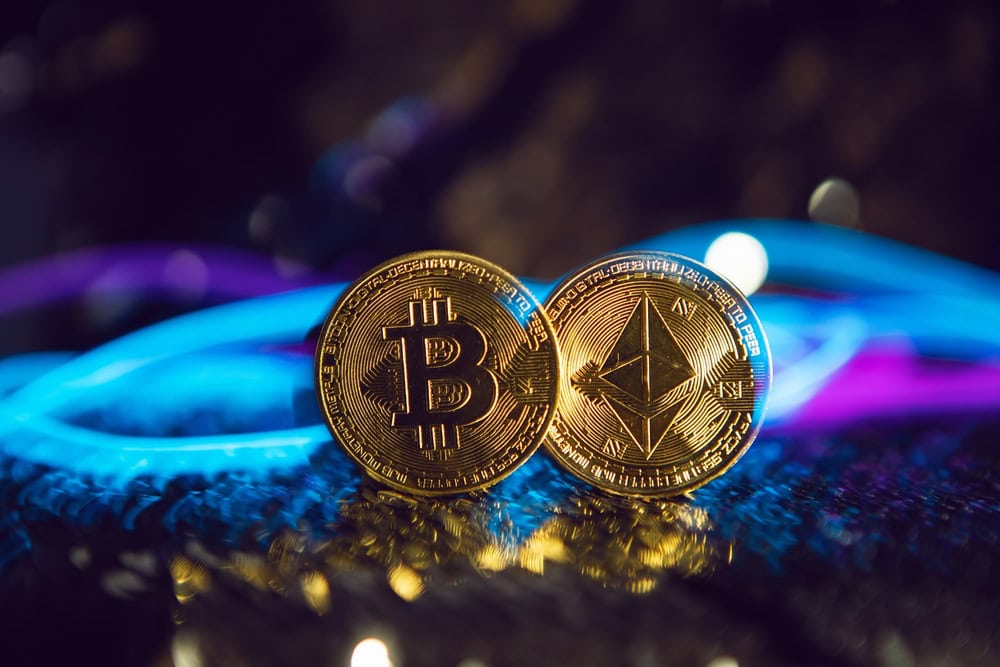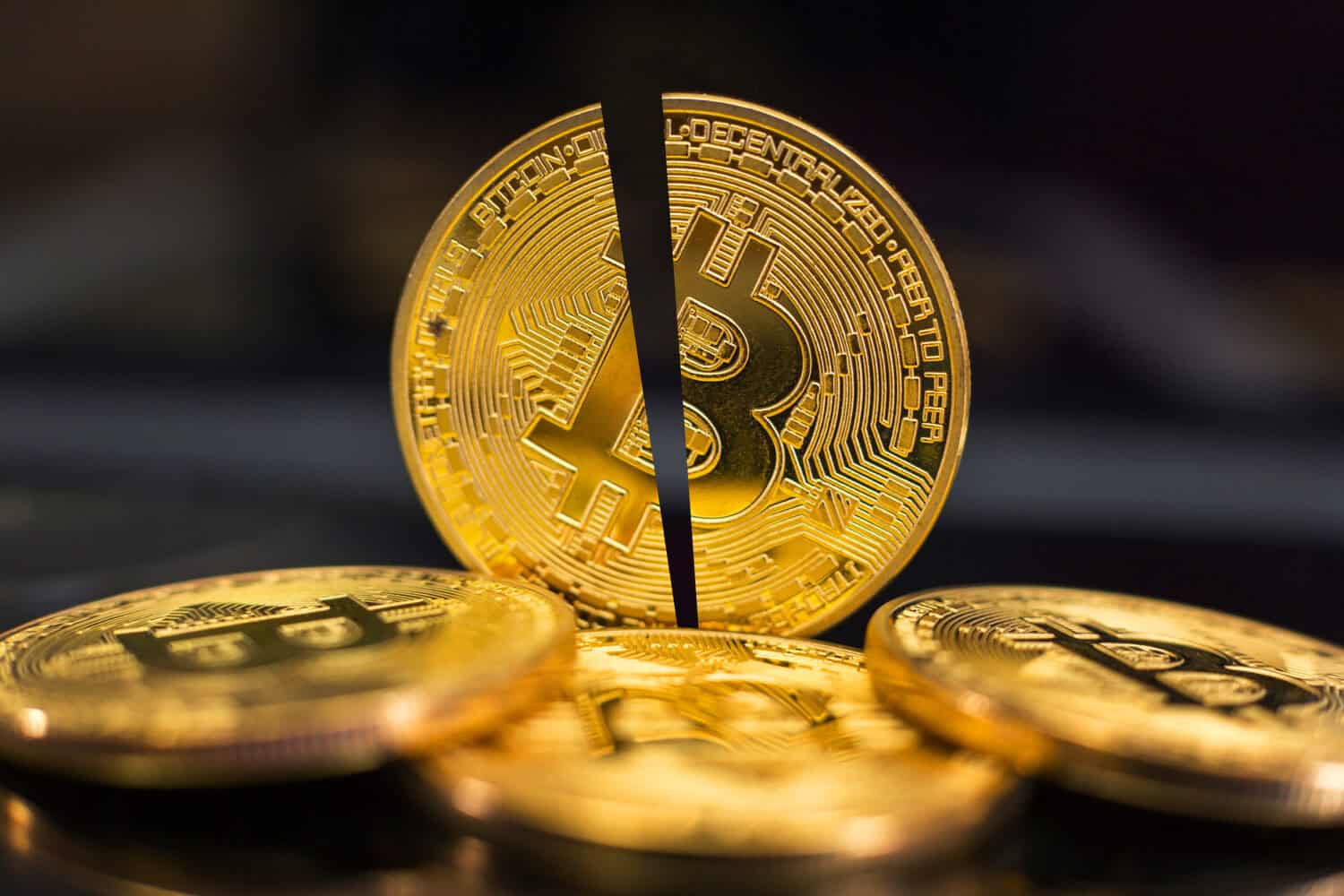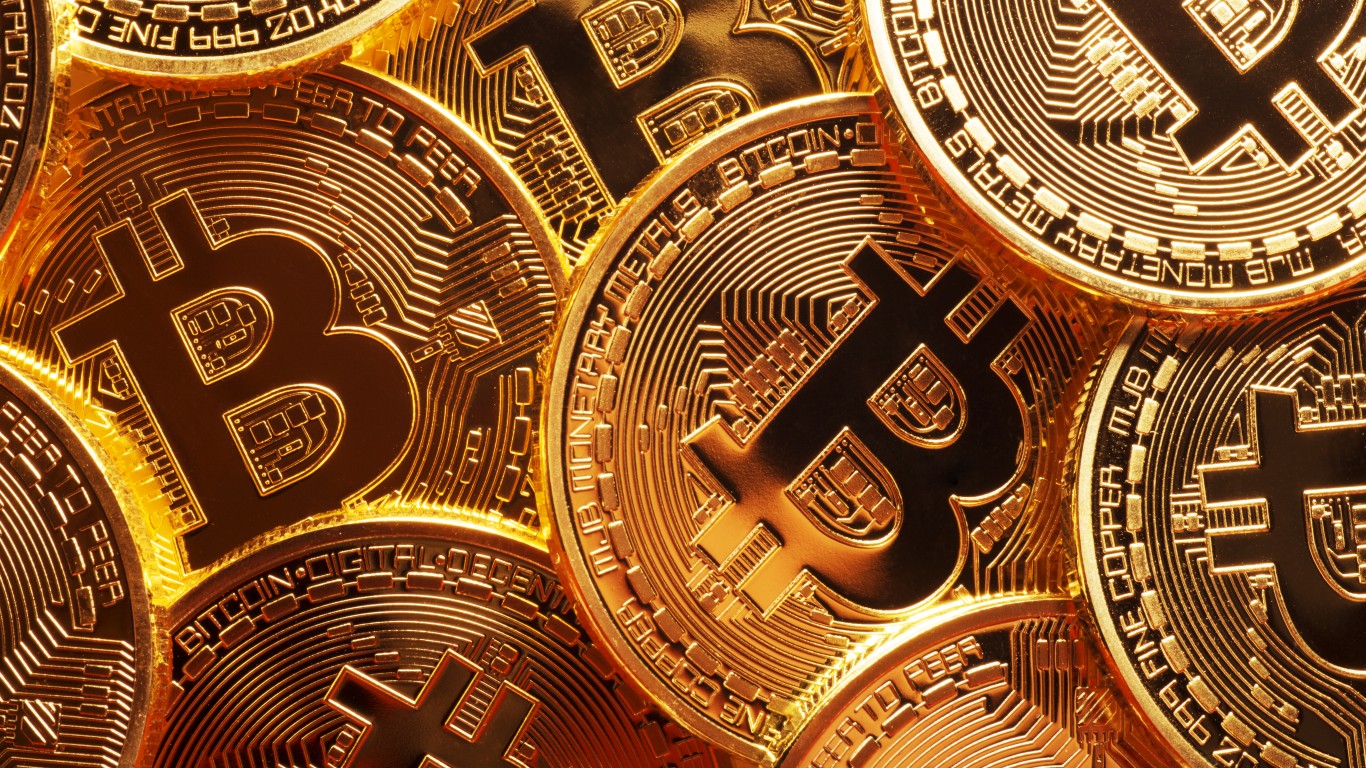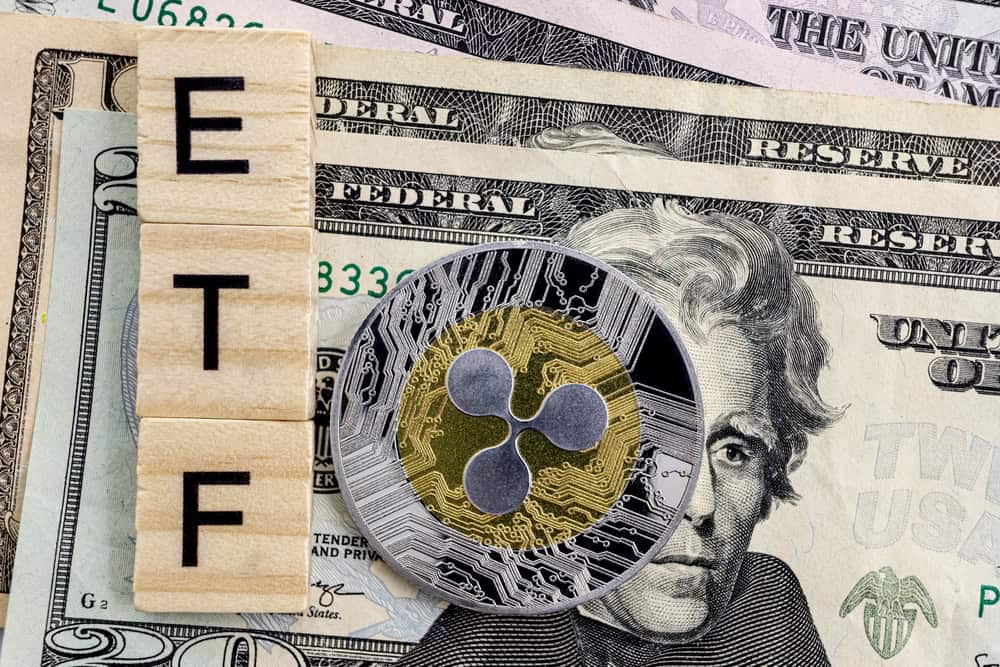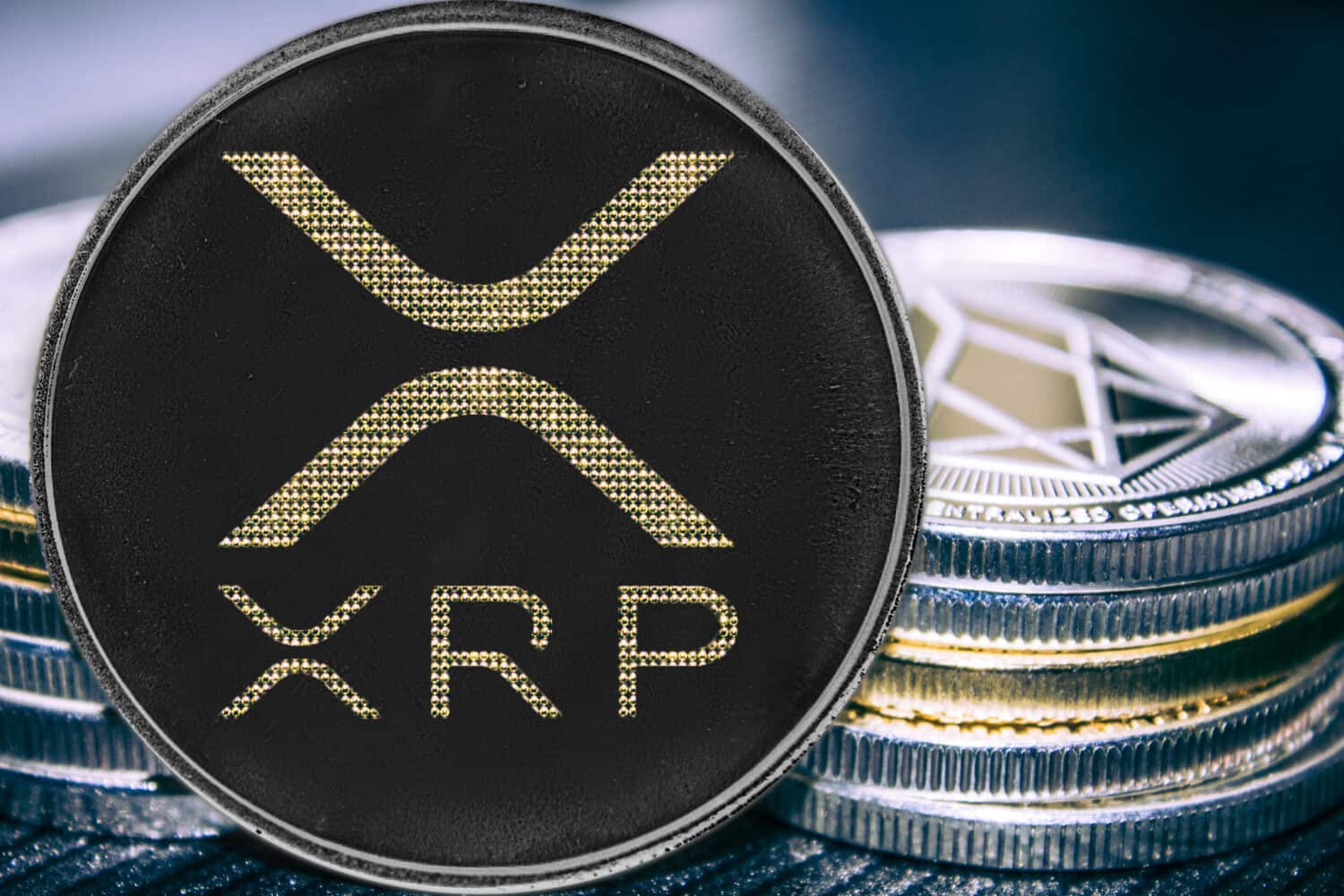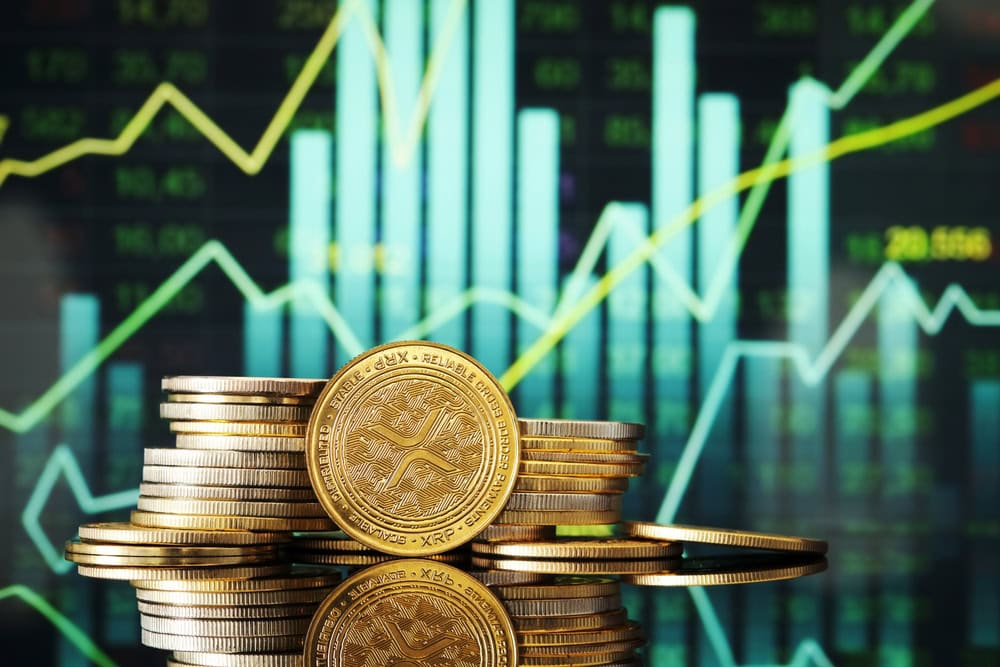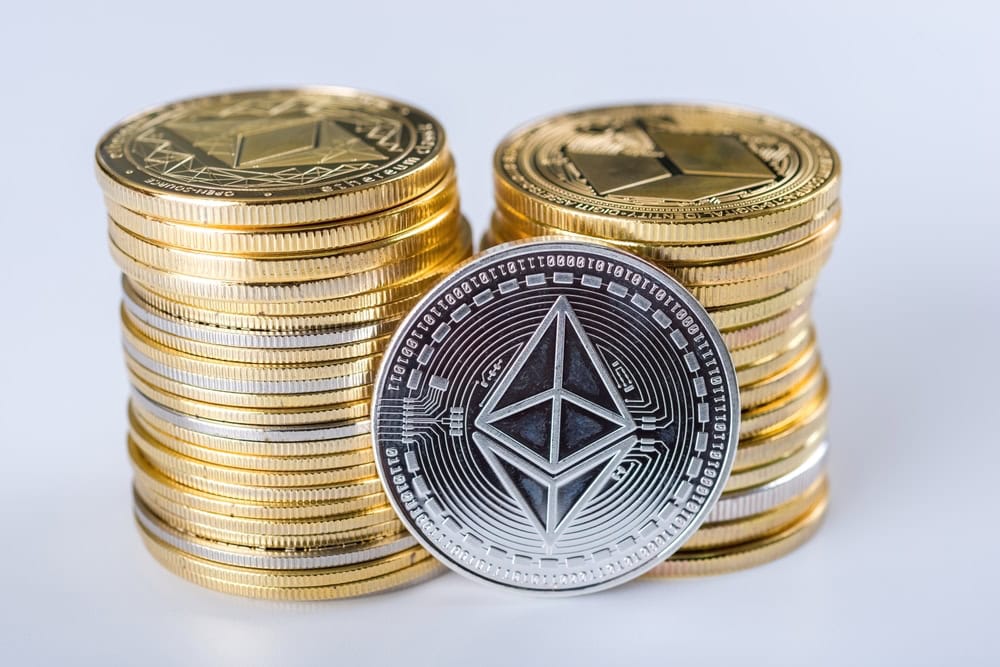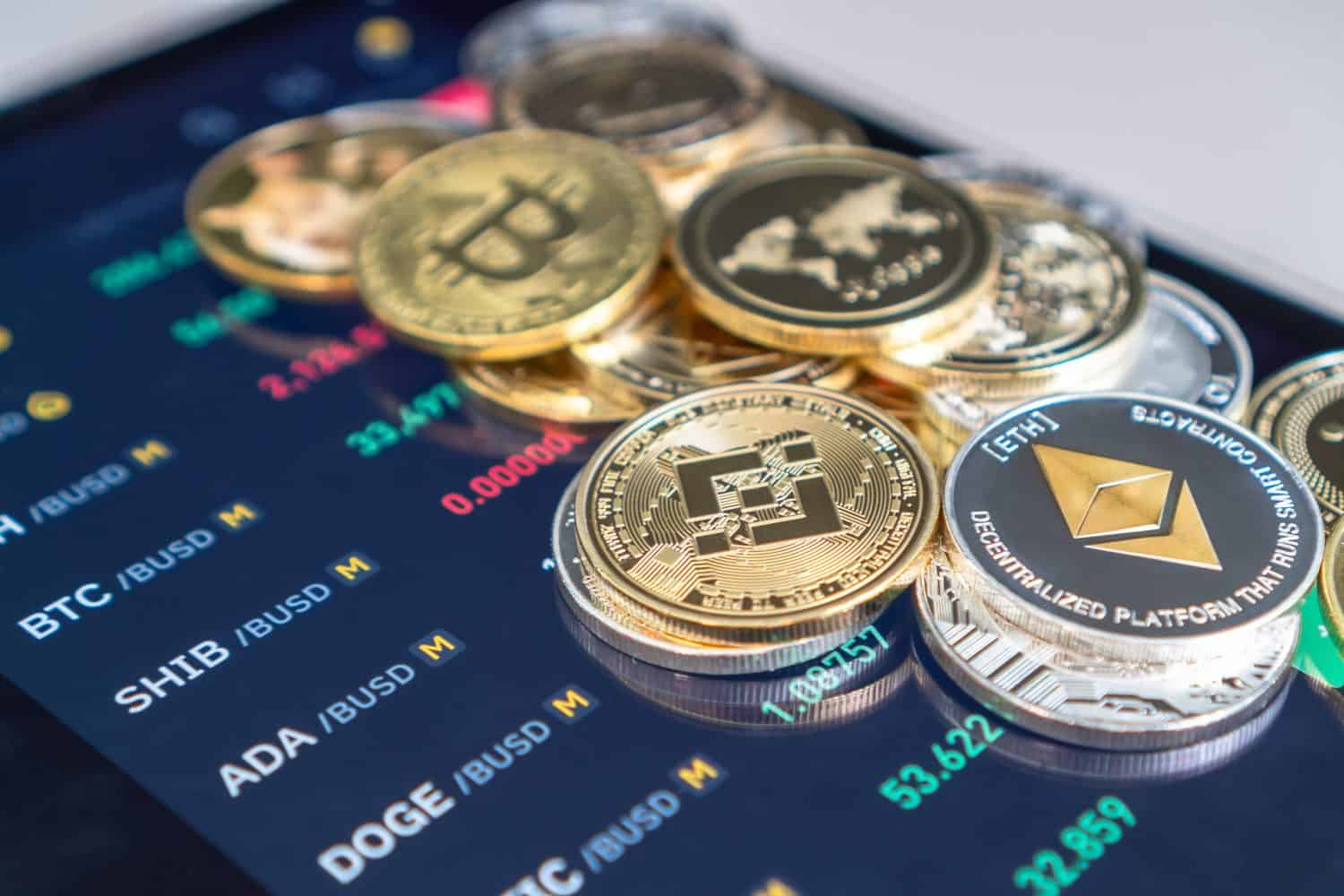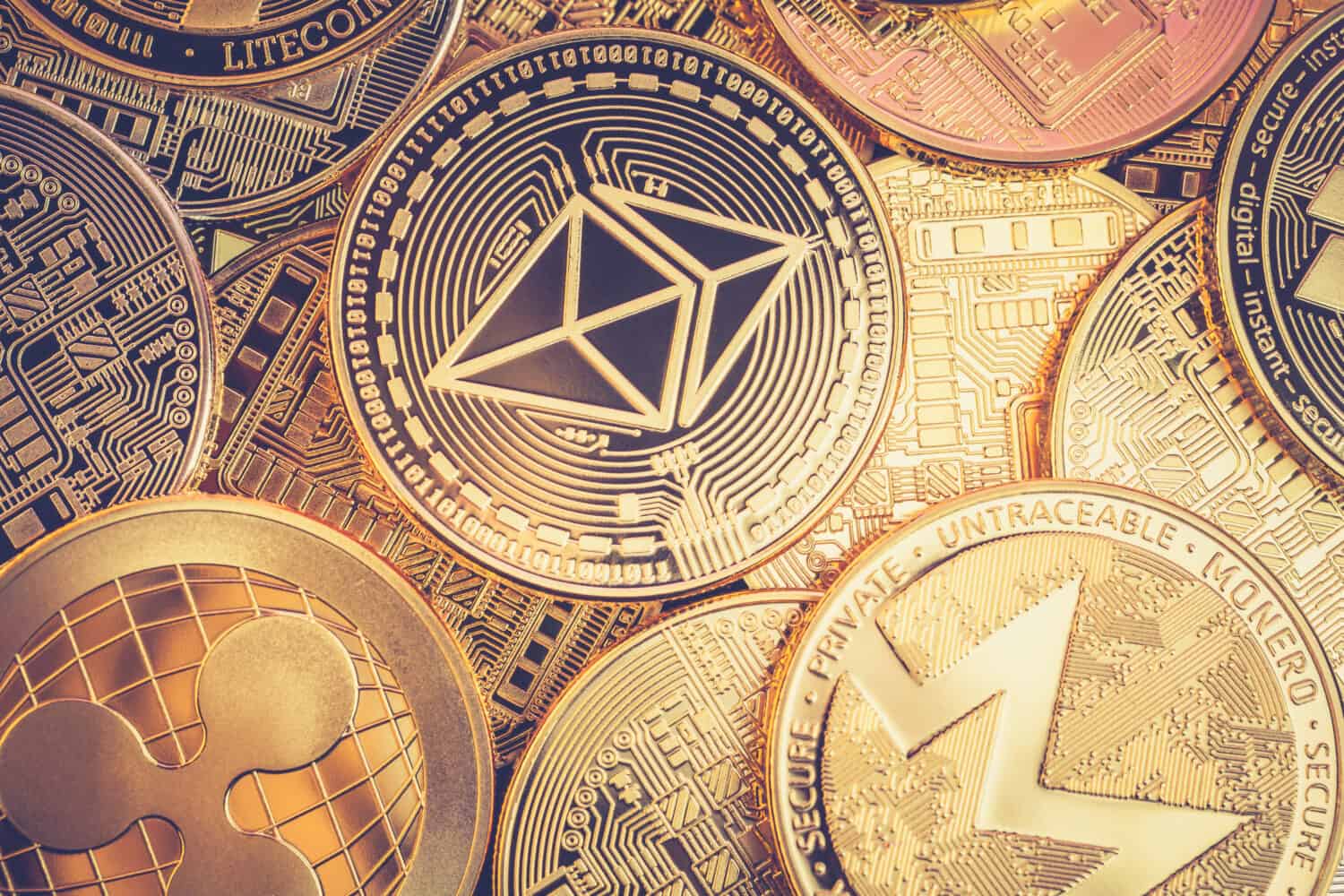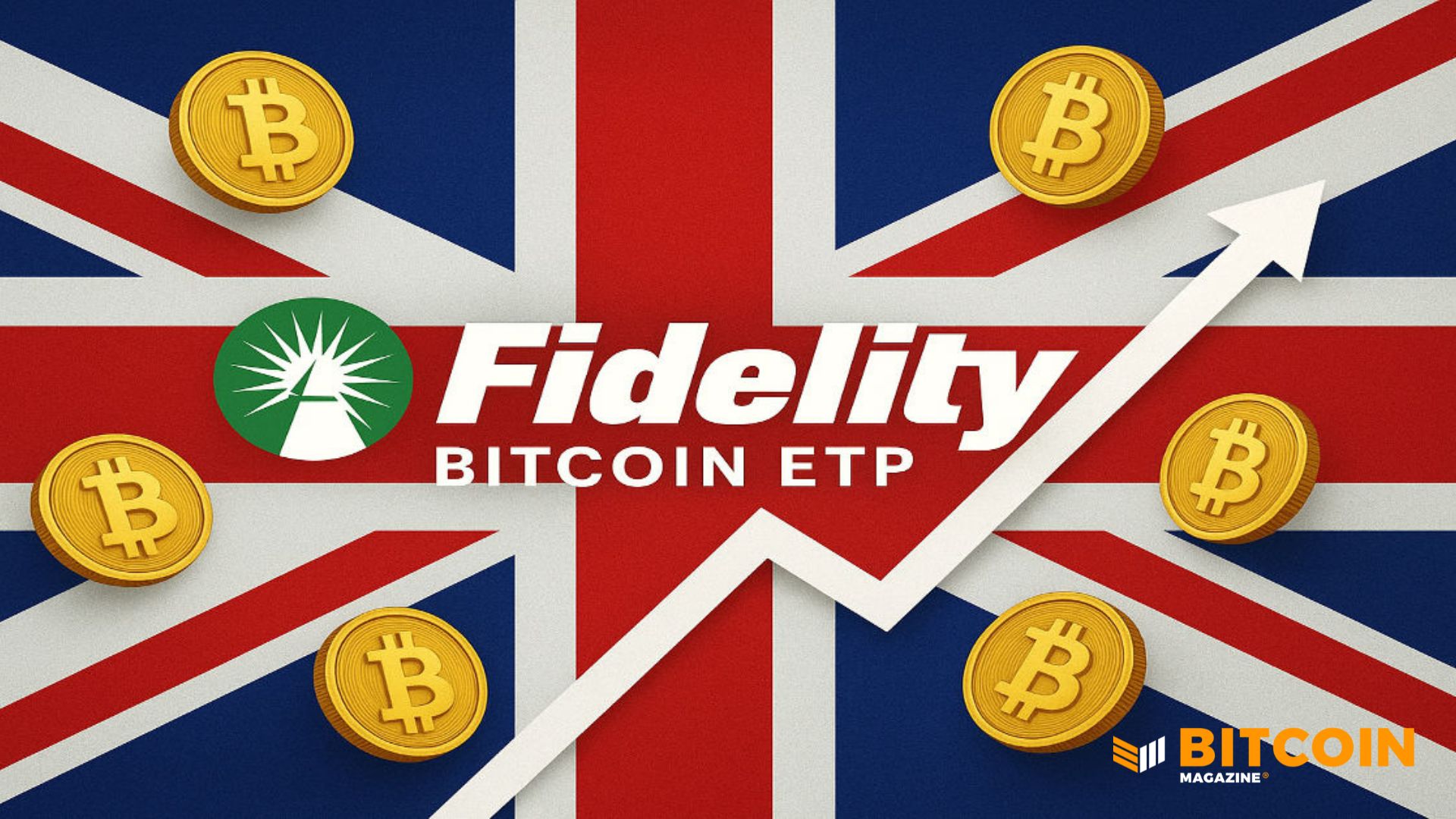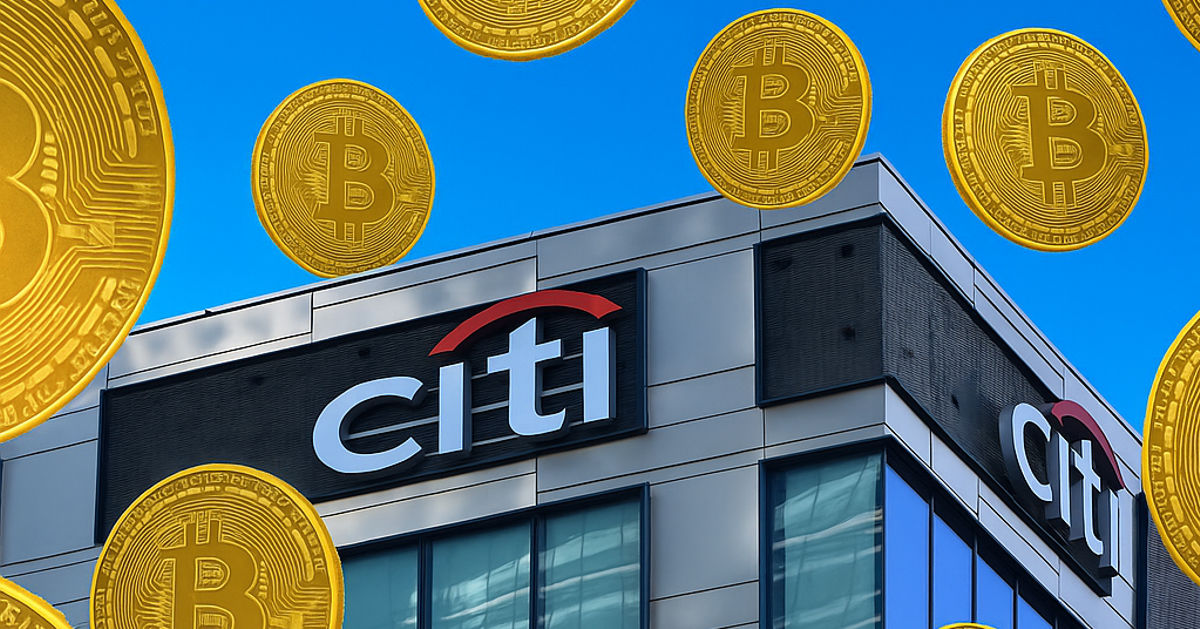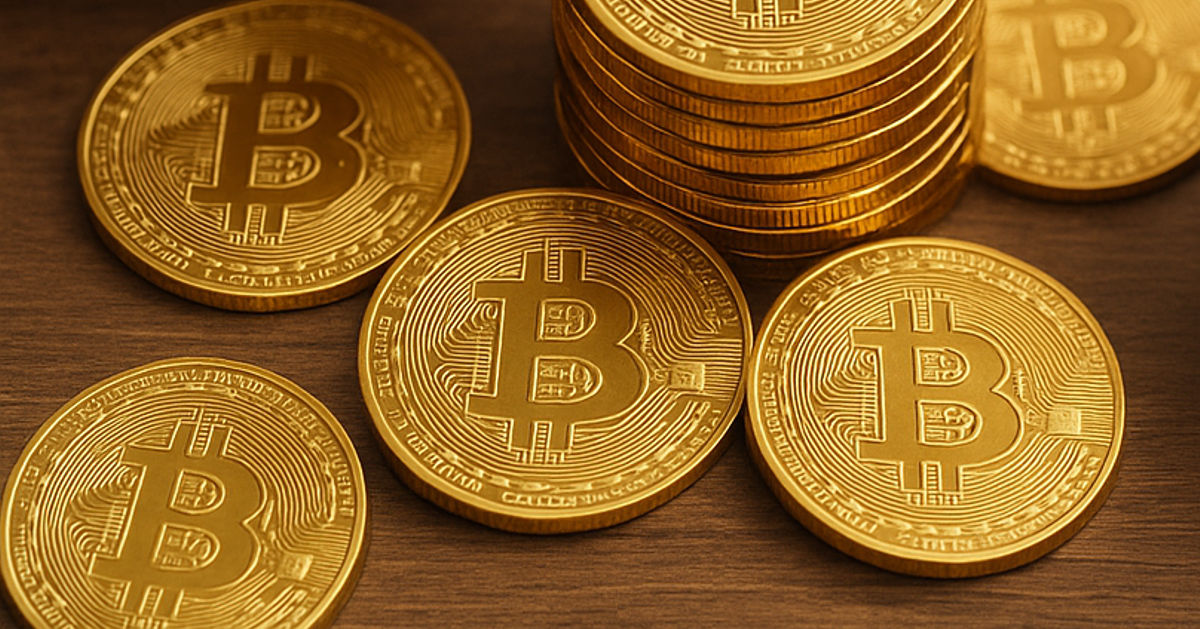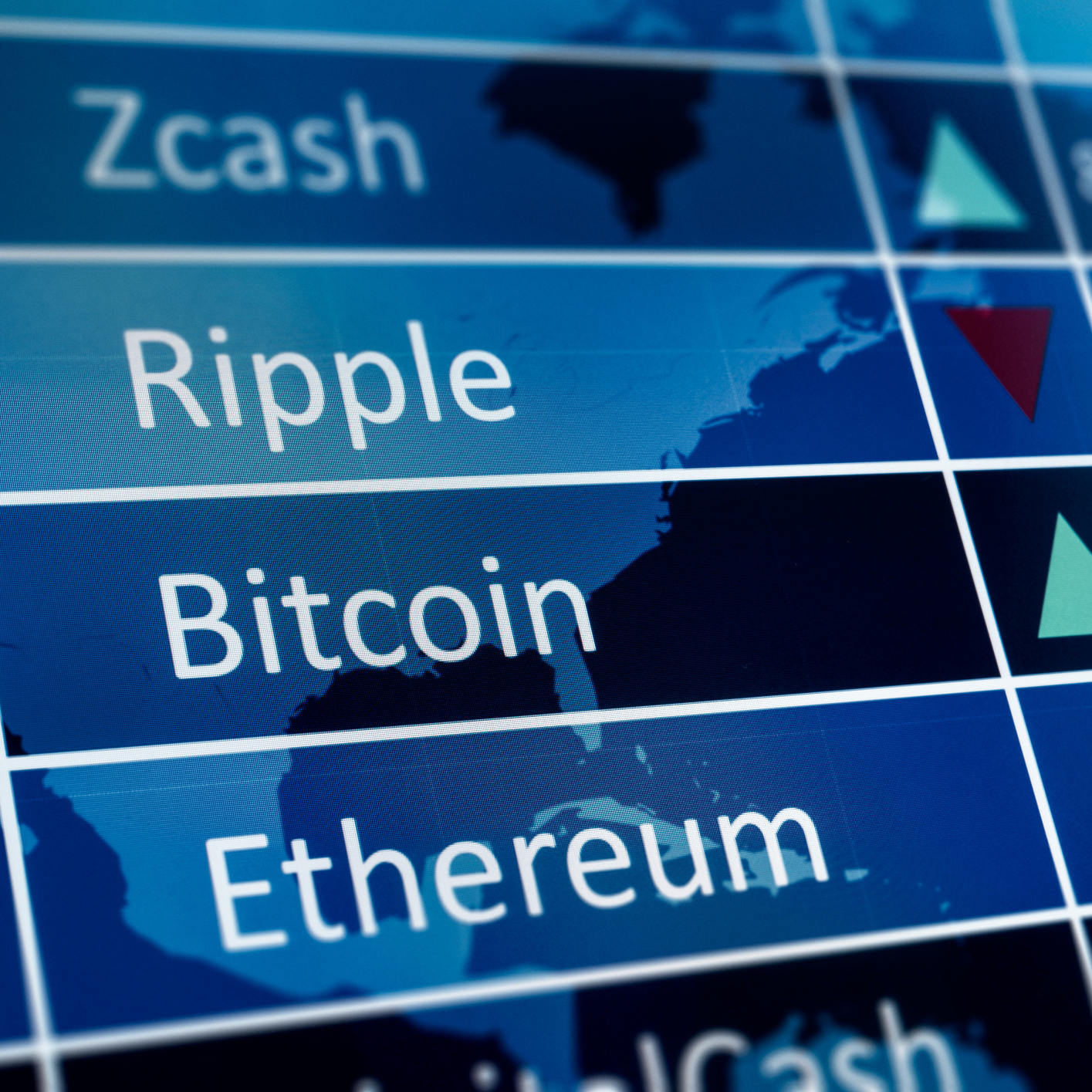#institutional-adoption
#institutional-adoption
[ follow ]
#bitcoin #ethereum #xrp #cryptocurrency #stablecoins #market-volatility #etfs #crypto-custody #solana
from24/7 Wall St.
6 days ago9 More XRP ETFs Launch This Week: Can They Save the Price?
Nine new XRP ( ) ETFs are launching across major U.S. exchanges this week. That's right, nine in a single week. This rapid rollout marks a major shift for institutional access to XRP and shows just how aggressively issuers are jumping into the market. Here's the thing though: all this excitement comes while XRP's price keeps sliding, even as record inflows start building. That gap between strong institutional demand and weak spot-market performance raises the real question.
Cryptocurrency
from24/7 Wall St.
1 week agoRipple's RLUSD Stablecoin: A New Catalyst for XRP?
RLUSD's growth has been remarkable. The dollar-backed stablecoin was introduced on the XRP Ledger in late 2024 under New York's strict trust charter. Within a year, RLUSD hit a $1 billion market cap, making it the 10th-largest dollar stablecoin globally. By November 2025, its circulating supply reached about $1 billion, split between Ethereum ($819 million) and the XRPL ($203 million).
Business
fromBitcoin Magazine
2 weeks agoBitcoin Price Surges To $106,000, Strategy Buys More Bitcoin
Bitcoin's price climbed above $106,000 on Monday as Strategy, the world's largest corporate holder of Bitcoin, announced its latest acquisition of 487 BTC for approximately $49.9 million. According to an SEC filing, the purchases were made between November 3 and November 9 at an average price of $102,557 per Bitcoin, inclusive of fees and expenses. The business intelligence firm's total Bitcoin holdings have now reached 641,692 BTC, acquired for an aggregate purchase price of $47.54 billion at an average price of $74,079 per Bitcoin.
Business
from24/7 Wall St.
4 weeks agoBitcoin or Ethereum: Which Is Better Post Crypto Flash Crash
The recent crypto flash crash hit traders and investors by surprise, with most crypto charts painted in red as billions were wiped from portfolios overnight. Bitcoin ( CRYPTO: BTC) and Ethereum ( CRYPTO: ETH) were not spared, with the duo seeing double-digit losses as traders hastily liquidated positions. According to reports from , over 1.6 million traders were liquidated within 24 hours after the crash.
World news
fromFortune Crypto
1 month agoCrypto M&A surges 30-fold as niche firms shift to mainstream | Fortune Crypto
21shares spent years building its crypto franchise outside Wall Street's orbit. From Zurich, it launched exchange-traded products that gave European investors access to Bitcoin and Ether long before the U.S. would allow them. Now, in selling itself to FalconX-a crypto prime broker backed by Tiger Global and Singapore's GIC-the company is trading autonomy for scale as crypto moves closer to the financial mainstream.
Miscellaneous
fromcointelegraph.com
1 month agoHow Grayscale brought crypto staking to Wall Street for the first time
Grayscale has bridged traditional finance and decentralized crypto by launching the first publicly traded staking investment vehicle. Its staking-enabled ETPs allow investors to earn blockchain rewards without running validator nodes or managing complex technical and custody risks. Grayscale's Ether and Solana ETPs are the first in the US to combine spot crypto exposure with staking rewards, paying yields through the fund's NAV or direct payouts.
Cryptocurrency
fromLondon Business News | Londonlovesbusiness.com
1 month agoHow automated trading systems are transforming cryptocurrency markets in 2025 - London Business News | Londonlovesbusiness.com
The cryptocurrency market has undergone a fundamental transformation, with automation now dominating trading activity across major exchanges. Industry data reveals that over 70% of institutional crypto trading volume flows through automated systems, while retail adoption accelerates as technologies become more accessible. The emergence of bot trading crypto platforms has democratized institutional-grade strategies, enabling individual investors to compete in markets that operate continuously. This shift fundamentally changes how participants approach portfolio management and trade execution.
Artificial intelligence
fromBitcoin Magazine
1 month agoWhy Is Michael Saylor's Strategy (MSTR) Down Today?
The broader crypto market is under pressure. Bitcoin slipped roughly 2% over the past 24 hours, retreating from recent highs. That drop is rippling into crypto-linked equities - Strategy is one of the most exposed. Strategy (MSTR) is currently trading at $319.84 Strategy, co-founded by Michael Saylor, reported $3.9 billion in fair value gains for the third quarter of this year.
Cryptocurrency
Cryptocurrency
fromcointelegraph.com
1 month agoWhy XRP matters: 5 key factors driving its value beyond price
XRP provides near-instant, low-cost cross-border settlement and real-world payment utility through loyalty and travel integrations, supported by institutional reserves and growing regulatory clarity.
fromcointelegraph.com
2 months agoTop 10 fastest-growing blockchains of the year, ranked by active users
Blockchain growth in 2025 hinges on real usage and tech upgrades, not speculation or hype. Active users, measured by wallet addresses, are the key metric. DeFi, NFT ecosystems and stablecoin adoption are driving millions of new users. Partnerships with major platforms and institutional inflows through Bitcoin ETFs are accelerating adoption. Networks still face inflated metrics, scalability trade-offs, regulatory pressure and L1-L2 competition. The blockchain industry is growing rapidly, with new networks emerging to compete with established leaders.
Cryptocurrency
[ Load more ]

